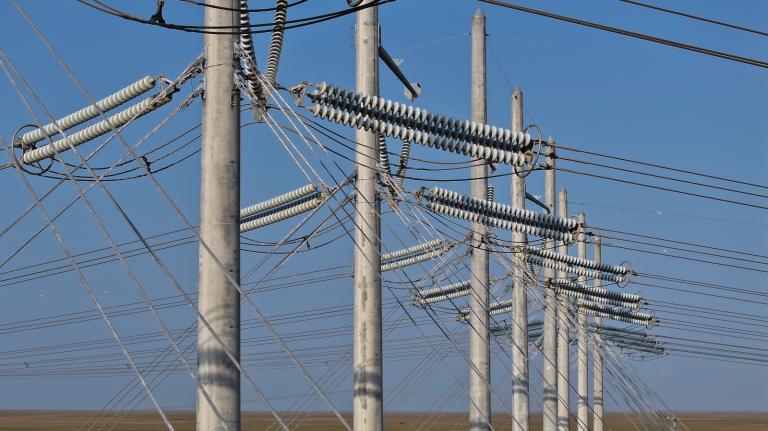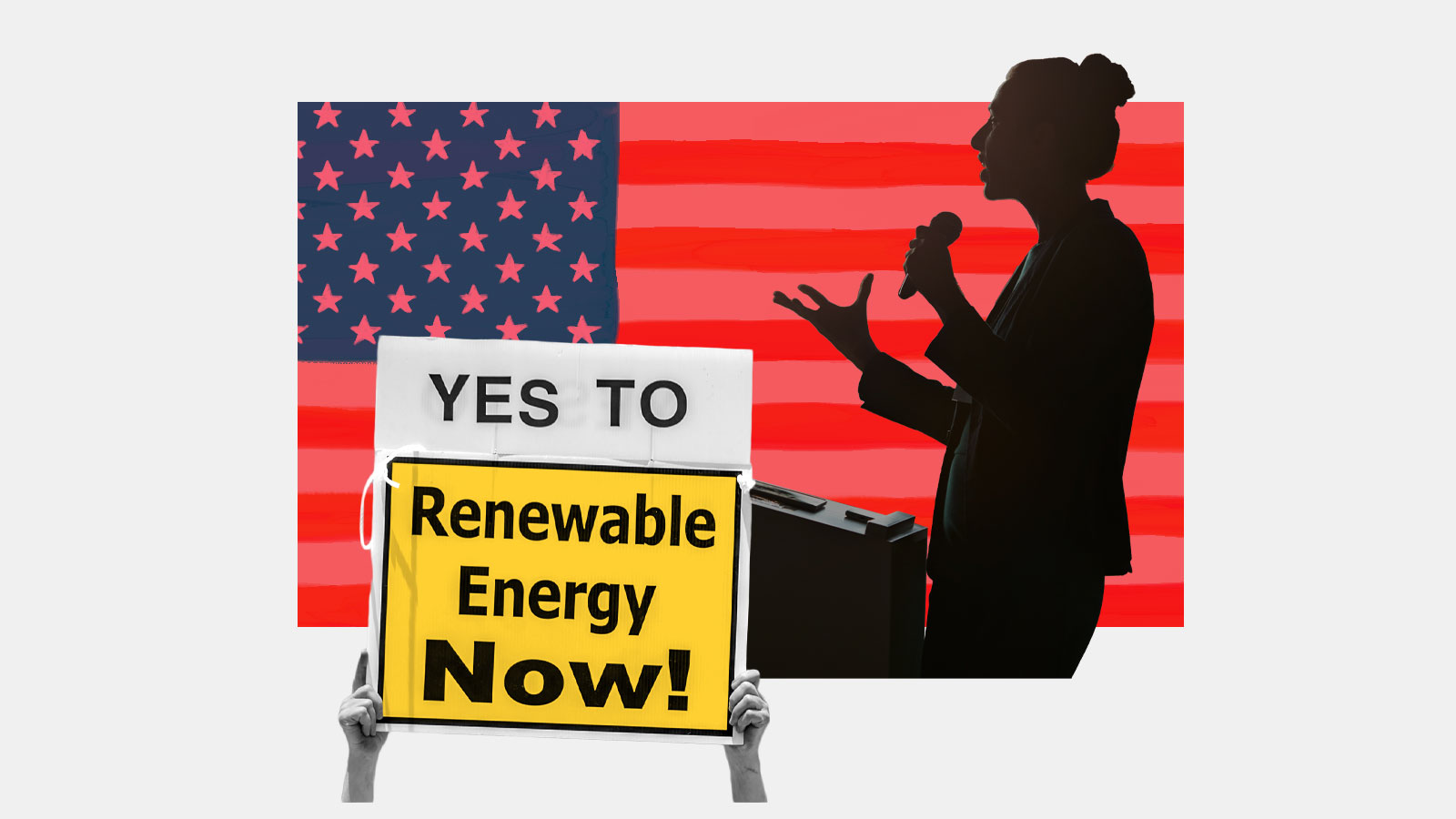When the New Orleans City Council debated a proposal for a $210 million gas-fired power plant in 2017, something felt off about the public meetings in City Hall. At one hearing, dozens of people wearing orange shirts clapped when a speaker said something against wind and solar power and gave speeches in support of the power plant. After the City Council approved the project the following year, the local news outlet The Lens discovered that many of the audience members were paid actors, hired by a public relations firm for the utility Entergy to create an illusion of popular support for the project and convince lawmakers. “I think it had a phenomenal impact on public opinion,” one City Council member said at the time.
It illustrates how far companies will go to influence elected officials. Politicians have elections to worry about, giving them a general motivation to avoid moves that will be unpopular. In fact, one survey found that congressional representatives rated “staying in touch with constituents” as the most important aspect of their jobs. But behind the scenes, there’s a very meta struggle to sway what politicians perceive as popular opinion.
“What really matters, in some ways, is not objectively what the public thinks, but it’s what decision-makers think the public thinks,” said Matto Mildenberger, a political science professor at the University of California, Santa Barbara.
Across the board, politicians tend to think climate action is much less popular than it really is. The latest example comes from a new study, published in the journal Nature Energy earlier this month, finding that local elected officials in Pennsylvania underestimated support among their constituents for large solar projects. Based on survey responses from nearly 900 residents and more than 200 policymakers, researchers found that Pennsylvanians liked solar projects 7 percentage points more than natural gas ones. Local officials, however, misperceived that preference, thinking natural gas, which is primarily composed of the potent greenhouse gas methane, would be more popular.
Since local officials have a lot of sway over what energy projects get approved, this misperception could translate to less clean energy projects getting built, slowing the transition away from fossil fuels. Pennsylvania has been identified as the state with the fifth-most solar capacity by 2050, according to Princeton’s modeling for how the country could reach net-zero emissions. “In the vast majority of the U.S., the actual ‘Is this project going to be built or not?’ is decided at the local level,” said Holly Caggiano, a co-author of the study and a professor of climate justice and environmental planning at the University of British Columbia in Canada.
Misunderstanding what Americans believe about climate change could be slowing climate action at the national level, too. A study in 2019, co-authored by Mildenberger, showed that congressional staffers underestimated the popularity of putting restrictions on carbon emissions in their local districts. The same bias was true of elected officials at the state level, according to his research. “We should absolutely believe that those perceptions are limiting the ambition of climate and energy policy,” Mildenberger said. “It is one factor among many that makes solving the climate crisis harder.”
It’s not just politicians who hold a distorted view: People systematically underestimate public support for climate policies. A study from 2022 found that Americans imagined only a minority of their fellow citizens supported a carbon tax or a Green New Deal, when it was actually an overwhelming majority — meaning that actual support for climate policies was almost double what they thought.
Part of the problem is that people who support renewable energy or climate policies don’t usually talk about it much, giving everyone else a distorted impression about how popular, or unpopular, those beliefs really are. “Often, opponents to projects are very, very loud,” Caggiano said. In addition, media coverage may give unpopular opinions outsized weight in order to present “both sides” of an issue. While that practice has been fading in climate science coverage, it’s still common in articles about climate policy debates, Mildenberger said.
Some politicians have a more skewed view than others. Those who oppose climate action tend to be even further off in their estimates of what the public wants, because of a psychological bias that assumes most of their constituents share their opinions. But the information lawmakers are exposed to also affects the size of that perception gap — it widened when officials got more campaign contributions from fossil fuel interests, and when they reported having more contact with conservative interest groups, Mildenberger’s 2019 study shows. Those groups might push commissioned polls that make a climate policy look unpopular, for example, Mildenberger said.
“There’s this enormous effort by the industry to shape what politicians think the public wants,” Mildenberger said.
Pro-fossil fuel interests might also engage in “astroturfing,” a PR strategy that fakes grassroots support for a cause, like Entergy’s natural-gas-fired power station in New Orleans. The tactic has also been used in national debates. In 2009, when Congress was considering the Waxman-Markey bill that would enact a federal cap-and-trade program, a lobbying group for the American Coalition for Clean Coal Electricity forged more than a dozen letters opposing it, supposedly from local community groups concerned about rising energy prices, and sent them to members of Congress. The bill passed the House by a slim margin but was never brought to a vote in the Senate.
There are accurate sources of information showing what Americans think about climate change, like nonpartisan polls from the Yale Program on Climate Change Communication, which find that nearly three-quarters of Americans want to regulate carbon dioxide as a pollutant. Learning that the position they hold is unpopular with the electorate can even lead politicians to change their position on an issue, at least according to one study from Belgium.
More than a decade after the Waxman-Markey debacle, in 2022, Congress finally passed major climate legislation: The Inflation Reduction Act is investing hundreds of billions of dollars into clean energy, heat pumps, and other low-carbon technologies. Since there wasn’t significant public backlash to the law, it’s one data point that can help correct politicians’ misperceptions of public opinion, Mildenberger said. But he warns that fossil fuel interests are still very active in trying to block climate-friendly policies. “We should have every reason to expect that they’re going to keep on bringing more distorted information into the political arena to try and tilt that arena in their favor.”





